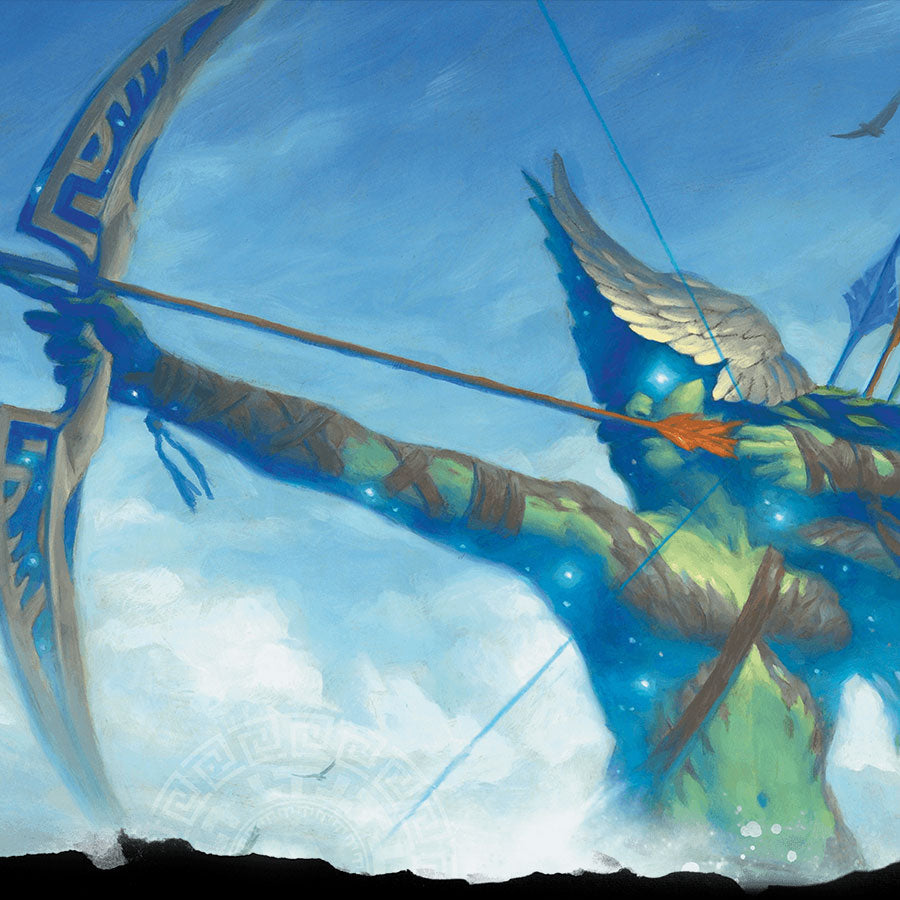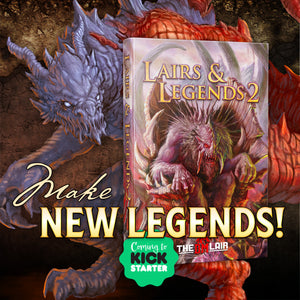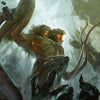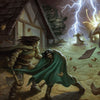10 Ways to Balance Your D&D Game

Written by Luke Hart
Running a Dungeons & Dragons game that feels balanced for everyone at the table is kind of like juggling flaming swords while riding a unicycle. Okay, maybe not that bad—but it can feel that way.
Not every player likes the same kind of game. Some love the political drama, others live for battle, and then there’s always someone who wants to poke every dungeon wall in search of a secret passage.
So how do you keep everyone happy without going full-on murderhobo or watching your players zone out during yet another NPC monologue? Well, here are 10 practical (and a little spicy) ways to keep your game balanced and your table engaged.
By the way, are you a NEW GAME MASTER feeling a bit overwhelmed by everything involved with running a role-playing game? If so, the Secret Art of Game Mastery can help. Get over 100 years of GM experience distilled into practical, easy-to-read advice.
Watch or listen to this article by clicking the video below.
1. Mix the Three Pillars of Play
Look, not everyone wants the same thing out of D&D. Some folks love social interactions—the “talky-talky.” Others want combat—the “stabby-stabby.” And then there’s exploration, which... okay, needs a catchier name. Maybe “pokey-pokey?” Eh, we’ll work on it.
The point is, if you only serve up one style of gameplay, your players are going to find ways to force the others. Ever had a group randomly attack a shopkeeper for no reason? That might be on you, pal. Maybe they’re bored. Maybe they’re itching for combat you never gave them. If your game is 90% dialogue trees and roleplay, don’t be surprised if the rogue decides to “negotiate” with their dagger.
So, build a mix. Bake the three pillars—social, combat, and exploration—into your adventures. Trust me, it pays off.
2. Vary Each Game Session
Even if you’re aiming for balance, some sessions are going to lean heavy in one direction. For example, every time my players roll into a new town, we usually spend an entire session chatting with NPCs and exploring. No combat. And honestly? That’s fine.
Now, some folks will say, “Just toss in a bar fight or alleyway thug!” Sure, but sometimes that feels forced. I’m not gonna interrupt an otherwise awesome roleplay session just to check the combat box. Instead, I make sure the next session tilts the other way—maybe a dungeon crawl with lots of action. Balance across the campaign, not just in every single session.
3. Blend the Pillars into Encounters
Encounters don’t have to be just about killing monsters. A well-designed encounter often has elements of all three pillars.
Imagine your party spots a goblin patrol. They approach and start bluffing their way past. Roll for Deception. It fails. Now it's initiative time. Boom—social interaction and combat. Or maybe they sneak around the goblins and discover a hidden cave entrance nearby. That’s exploration, baby.
Point is, give players options. A goblin ambush doesn’t have to be a straight fight. It can be a tense negotiation, a sneaky detour, or a desperate skirmish—depending on what your players choose.
4. Vary Encounter Difficulty
Some players crave a challenge—they want to be hanging by a thread, clutching their last hit point. Others want a relaxing romp through some baddies. So, include a spread: trivial, easy, medium, hard, and deadly encounters.
I like to run mostly medium and hard fights, with a few easy and one or two deadly ones tossed in. And yeah, my boss fights? They’re deadly. After burning through all their resources in a dungeon, they hit the boss and I’m like, “Good luck!”
Better a tough final battle than a pushover “Big Bad” who dies in round one, right?
5. Add Variety to Your Enemies
Running an encounter with five identical monsters is boring. It’s just a slugfest. Instead, mix it up: orc warriors rush the front line, archers shoot from a distance, and the shaman casts Spirit Guardians to make everyone miserable.
This not only spices up the fight but also gives each player a moment to shine. The tank wades into melee. The rogue sneaks around to shank the archers. The wizard drops area spells on clustered enemies. Everyone gets a turn in the spotlight.
6. Balance the Campaign Arc and Character Arcs
Some DMs make the game all about the players’ backstories. Others ignore them entirely. You want a balance.
Your game should have a solid campaign arc—like Lord Paxton trying to conquer the Sword Coast—and personal arcs for the PCs—like Krindar hunting for his sister or Cassim trying to found a church.
Some players want deep emotional moments. Others just want to punch evil in the face. Give both types something to sink their teeth into.
7. Ask What Your Players Enjoy
This sounds obvious, but seriously—just ask them. “Hey, what parts of the game do you enjoy most?” is a killer question.
And don’t just go by what they say—watch what they actually do. That player who says they love roleplay but lights up during combat? That’s data. Use it.
8. Ask What Your Players Don’t Like
People are weirdly better at knowing what they hate than what they love.
I can tell you right now: I hate spellcasters who take forever on their turns. And I really dislike puzzles. Ask your players what parts of D&D annoy them, and you’ll probably learn more than if you asked what they enjoy.
Use that info to shape your sessions accordingly—and avoid rage-inducing mechanics.
9. Get Player Feedback
Yes, more talking to your players. Sorry. But trust me, even if you think your game is perfectly balanced, it probably isn’t. Things can slowly drift off course.
I use a simple three-question anonymous survey:
- What should we keep doing?
- What should we stop or do less of?
- What should we start doing?
It’s called the Keep/Stop/Start method, and it’s pure gold for honest, constructive feedback. Bonus: doing it anonymously via online surveys makes players more likely to be honest.
10. Don’t Forget What You Like
Dungeon masters often bend over backward to keep players happy. That’s great… until you burn out and quit the game because you’re not having fun.
Your enjoyment matters, too. So yeah, listen to your players—but also design a game you love running. Because if you’re not having fun, it’s only a matter of time before the game dies a slow, sad death.
100 Years of GM Experience at Your Fingertips!
Are you a NEW GAME MASTER feeling a bit overwhelmed by everything involved with running a role-playing game? Are you a VETERAN GAME MASTER looking for new tips and tricks to take your games to the next level? Look no further than the Secret Art of Game Mastery.
We at the DM Lair have distilled our CENTURY of accumulated GM experience into an easy-to-read guide of practical advice that you can immediately apply to your games! We've even included our own templates–the things that we use to prepare our ACTUAL games.
Get all three books to master your game:
- The Secret Art of Game Mastery. Contains over 100 years of GM advice distilled into an easy-to-read format. It introduces and explains the tools of the trade, scheduling, playstyle, post-game notes, getting player feedback, and more.
- The Secret Art of Preparation. Brings to your fingertips the actual templates and guides that the DM Lair team uses to prepare games, Lair Magazine, and more. Designed as a three-ring binder, it's intended for you to write directly into for your entire campaign!
- The Secret Art of Notetaking. Gives you the keys to tracking your campaign from session to session just like the DM Lair team. Designed as a three-ring binder, it's intended for you to write in and keep track of your whole campaign!
With so much knowledge and experience on its pages, The Secret Art of Game Mastery is guaranteed to become an indispensable tool for all game masters, new and veteran alike. And if that isn’t enough, the information applies to all game systems and all genres!
-
Posted in
Game Master How-To Articles







